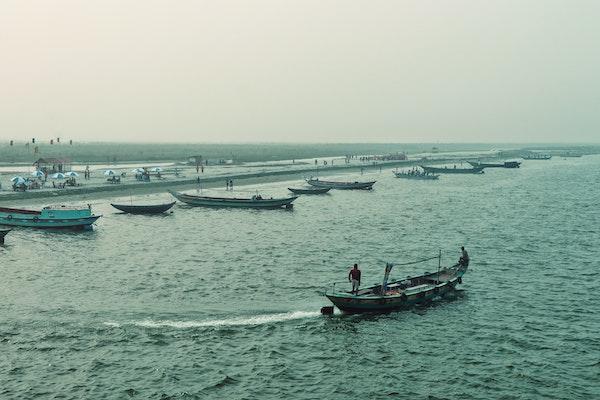What is Driving Hydrogen Isotopes in Monsoonal Precipitation Across the Bay of Bengal?

A recent study by lead author Jingyi Zhang at the Chinese Academy of Sciences, published in Geophysical Research Letters, analyzed the stable hydrogen isotope records in precipitation (δDp) in three sites of Port Blair, Barisal and Darjeeling across the Bay of Bengal to determine the factors that influence their variability. The research was an international collaboration with multiple authors, including Lonnie Thompson, Distinguished University Professor in the School of Earth Sciences and Senior Research Scientist at the Byrd Polar and Climate Research Center at The Ohio State University. The study investigated the factors influencing the variation of stable hydrogen isotopes in monsoonal precipitation across a south-north gradient in the Bay of Bengal region. The researchers found that the δDp continuously decreases from May to September, and this trend becomes more pronounced from south to north. Findings revealed that decreases in stable hydrogen isotopes in upstream water vapor (δDv) and vertical air motions (convection and downward motion), and topographic relief influence the decreasing trends of downstream δDp. The study also indicated that upstream stable hydrogen isotopes in water vapor (δDv) shape the initial spatial and temporal patterns of downstream δDp. These findings help to explain the inconsistency between the lowest δDp and the strongest Indian Summer Monsoon (ISM) and imply that upstream δDv properties and relevant atmospheric and topographical conditions along the moisture transport pathway need to be considered collectively to more accurately interpret paleoclimate isotopic monsoon records. Furthermore, the study highlights the need to unravel additional influences other than the Indian Summer Monsoon (ISM) that impact the variability of stable isotopes in South Asia during the monsoon season.
To read more about the study, visit AGU Research Letters.
